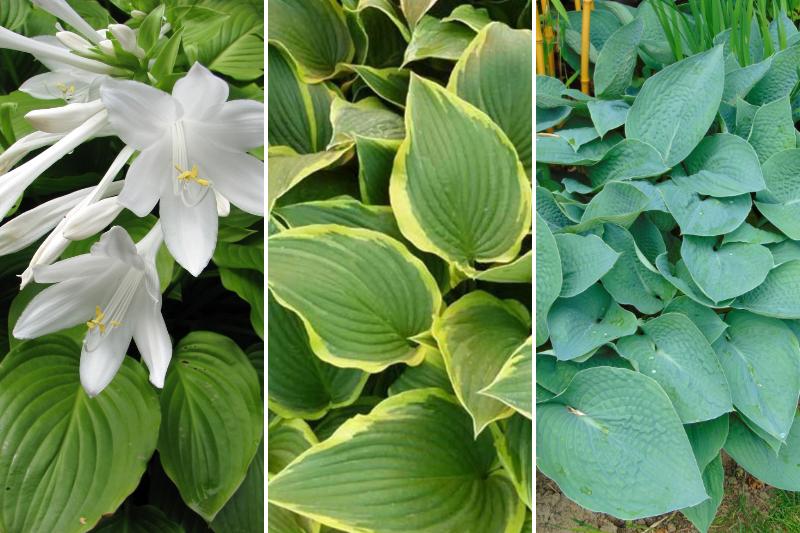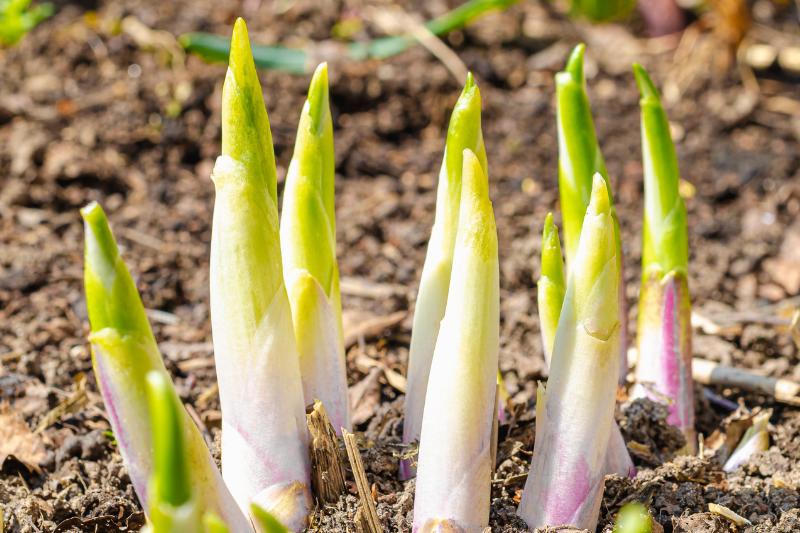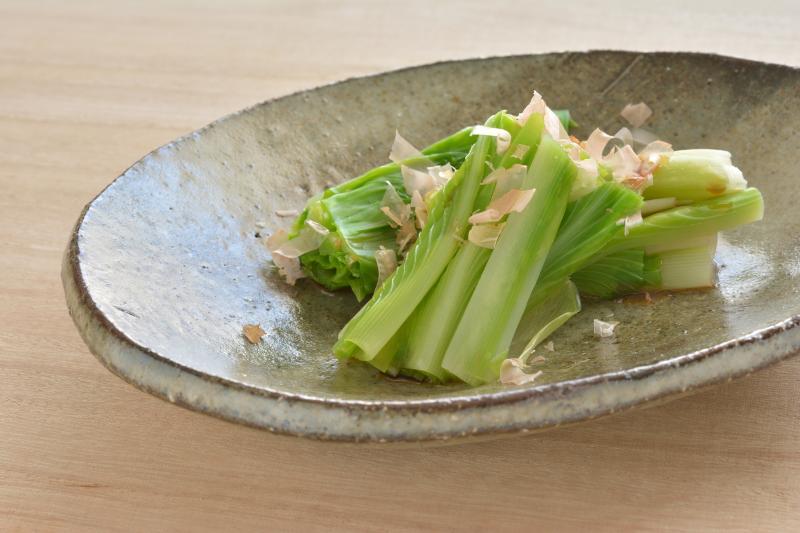In the garden, Hostas are prized for their attractive ornamental foliage from dark green to pale green, including variegated, blue or even golden tones depending on variety. These beautiful perennial groundcover plants are perfect for shady areas of the garden. But did you know that in Japan, their native country, they are also grown for their edible and delicious shoots (called "Urui" in Japanese)? They add an original touch to many dishes and can surprise guests. Put out labellum and discover how to harvest, prepare and eat Hosta shoots.
A note from Ingrid : Hostas belong to Asparagaceae family, same family as asparagus! In fact, Hosta shoots can be cooked the same way and reveal a flavour close to asparagus, lettuce or endive.
Which Hosta varieties to choose?
It should be noted that all Hostas are edible, with slight differences in flavour. However, some varieties are better known than others for consumption of their shoots, leaves and flowers:
- Hosta plantaginea : Valued for its tender shoots and edible fragrant white flowers.
- Hosta montana : Known for its flavoursome shoots.
- Hosta sieboldiana : Offers delicate shoots and edible leaves.
→ Find all our Hosta varieties.

Harvesting Hosta shoots
When to harvest Hostas?
The best time to harvest Hosta shoots is early spring, when shoots are about 5 to 10 centimetres high. They look like small tender green tips pushing through soil. Ideally, foliage should still be rolled around the stem.
This is also the season to harvest young leaves, as they are more tender and less bitter than mature leaves.
First harvests will occur 3 to 4 years after planting.
Precaution : Make sure to harvest only Hosta young plants you have properly identified, to avoid confusing them with other non-edible plants that may grow in your garden. Avoid consuming shoots from plants treated with pesticidal products.

Harvesting technique
- Using a clean knife, cut shoots at base, just above soil. Take care not to damage roots or other parts of plant.
- To avoid weakening Hosta, do not harvest more than one third of shoots on each clump. This allows plant to continue growing healthily and produce new shoots next season.
Preparing and recipes for Hosta shoots
Cleaning and basic preparation
Once shoots are harvested, it is important to clean them well:
- Rinse shoots under cold water to remove any soil or debris.
- Dry gently with a clean cloth or absorbent paper.
- Trim ends of shoots if they are tough or damaged.
Hosta shoots salad
1- Cut Hosta shoots into 1 to 2 cm pieces.
2- Peel and slice seasonal vegetables thinly: carrots, cucumbers, peppers, etc.
3- Mix Hosta shoots with these vegetables in a large bowl. You can also add salad leaves or sweetcorn.
4- In a bowl, prepare dressing by mixing 2 tablespoons olive oil with 1 tablespoon vinegar. You can also add a little lemon juice. Season with salt and pepper and mix well.
5- Add dressing to salad, then garnish with some mint leaves. Serve chilled.
Hosta shoots sautéed with garlic and butter
Ingredients :
- 200 g Hosta shoots
- 2 garlic cloves
- 30 g butter
- Salt and pepper to taste
- Facultative: A few drops lemon juice or soy sauce
Instructions :
1- Cut Hosta shoots into 5 cm pieces.
2- Peel and finely chop garlic.
3- Melt butter in a frying pan over medium heat. Add chopped garlic and fry until lightly golden.
4- Add Hosta shoots to pan and sauté for 5 to 7 minutes, until tender.
5- Season with salt and pepper. Add a few drops lemon juice before serving for freshness. You can replace lemon with soy sauce for an Asian touch.

And what about Hosta leaves and flowers?
Young tender leaves and Hosta flowers are also edible. Raw, they can enhance a green salad, or be cooked in a soup or pan-fried like chard. Flowers will beautifully decorate salads and dishes.
Precautions and contraindications
As with any edible plant, it is recommended to consume Hosta shoots in moderation. Some people may be allergic, so test first in small amounts.
Also note hostas are toxic if ingested by cats, dogs and horses. Do not give leftovers to pets.
































Comments